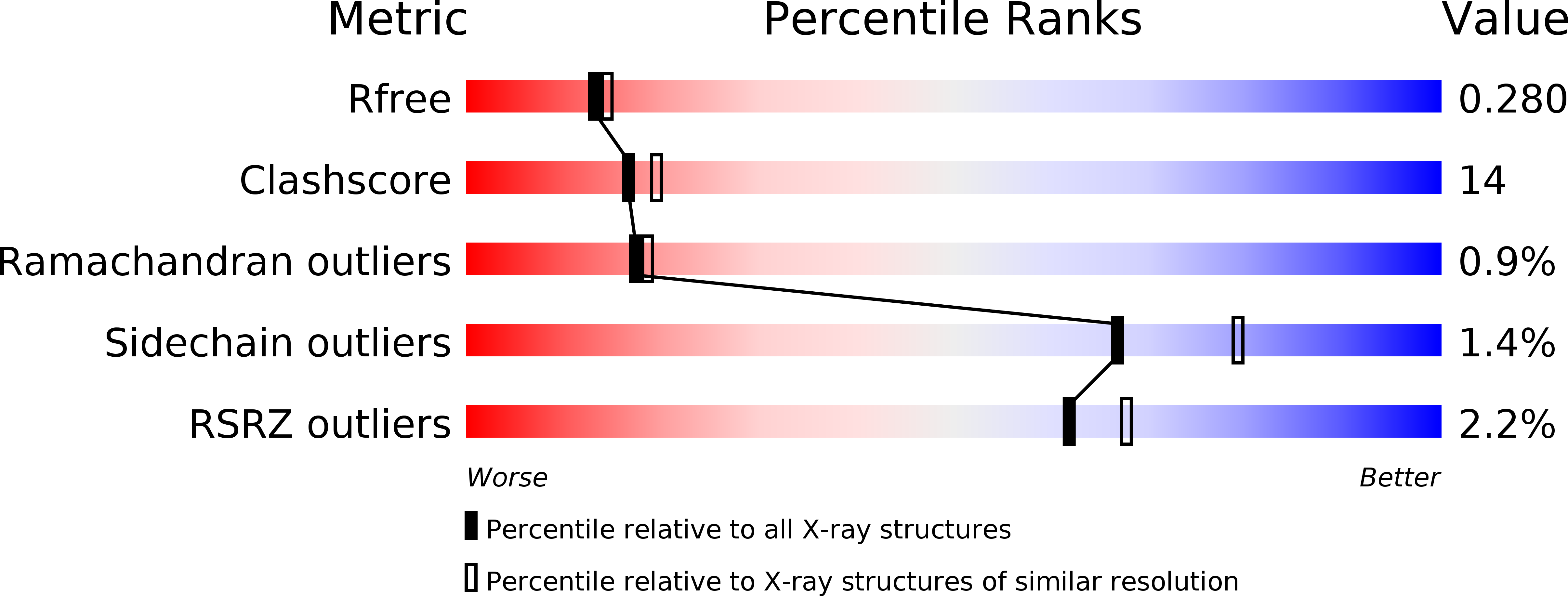
Deposition Date
2003-04-11
Release Date
2003-07-03
Last Version Date
2023-12-13
Entry Detail
PDB ID:
1UOM
Keywords:
Title:
The Structure of Estrogen Receptor in Complex with a Selective and Potent Tetrahydroisochiolin Ligand.
Biological Source:
Source Organism:
HOMO SAPIENS (Taxon ID: 9606)
Host Organism:
Method Details:
Experimental Method:
Resolution:
2.28 Å
R-Value Free:
0.28
R-Value Work:
0.23
Space Group:
P 65 2 2


